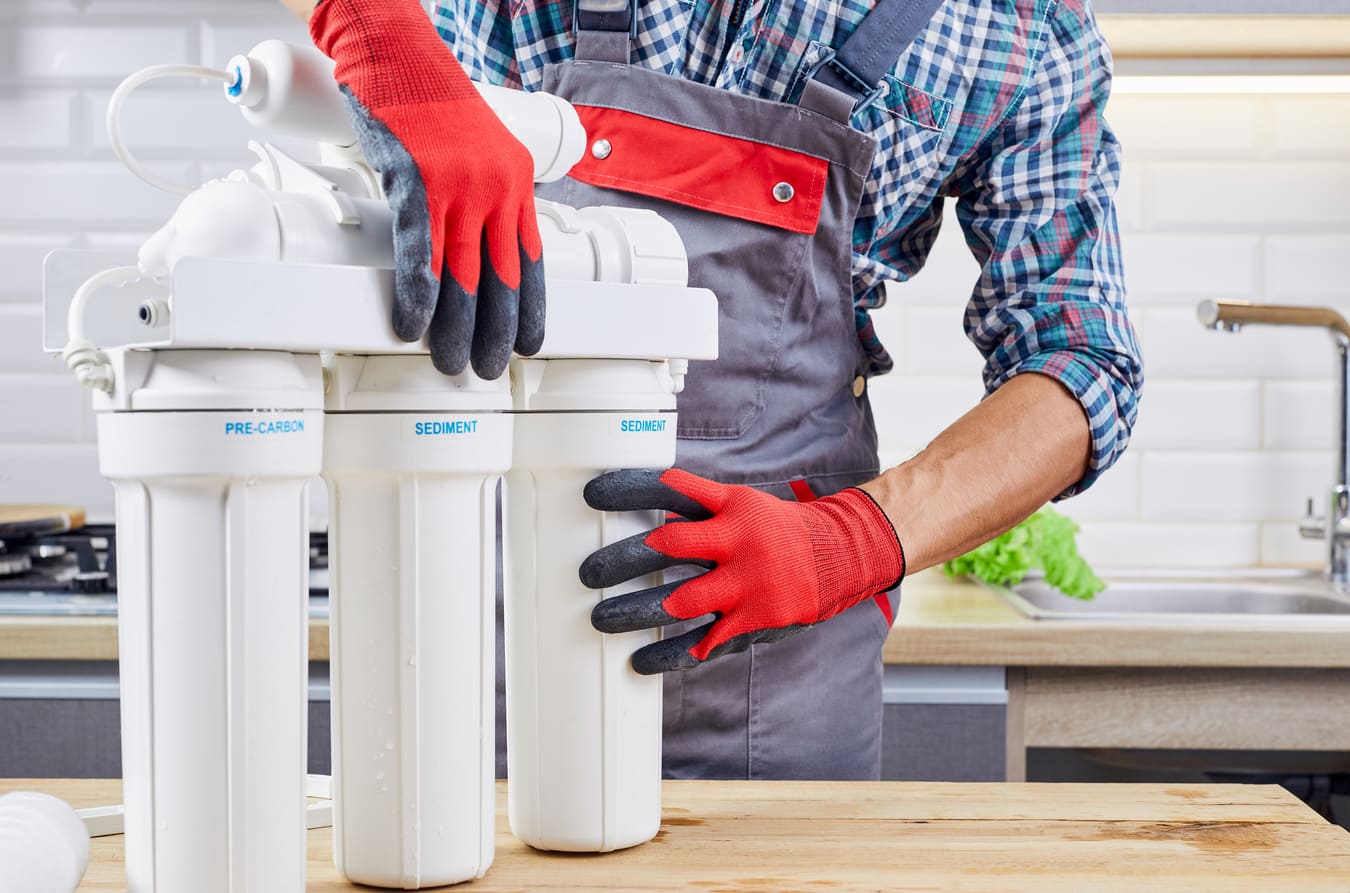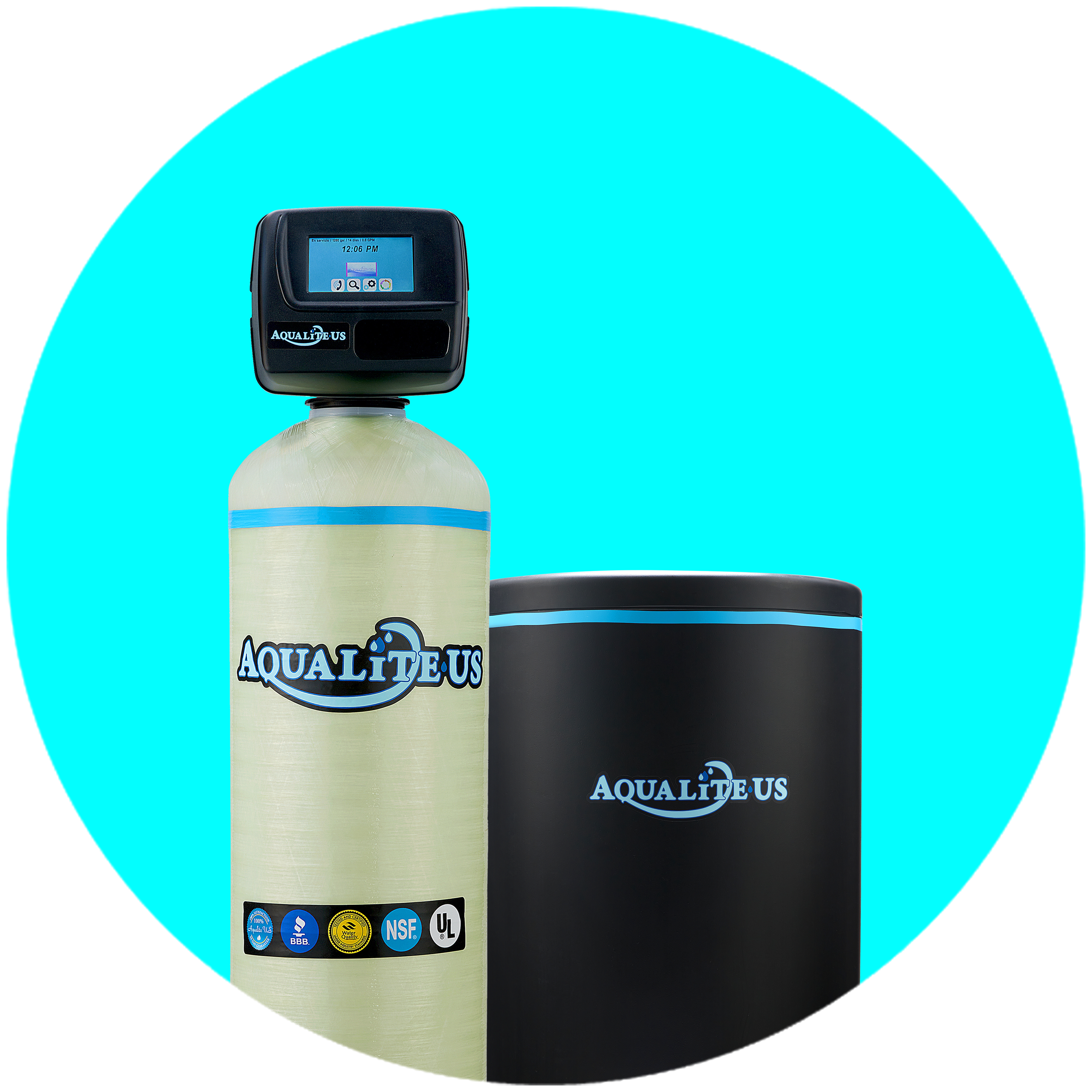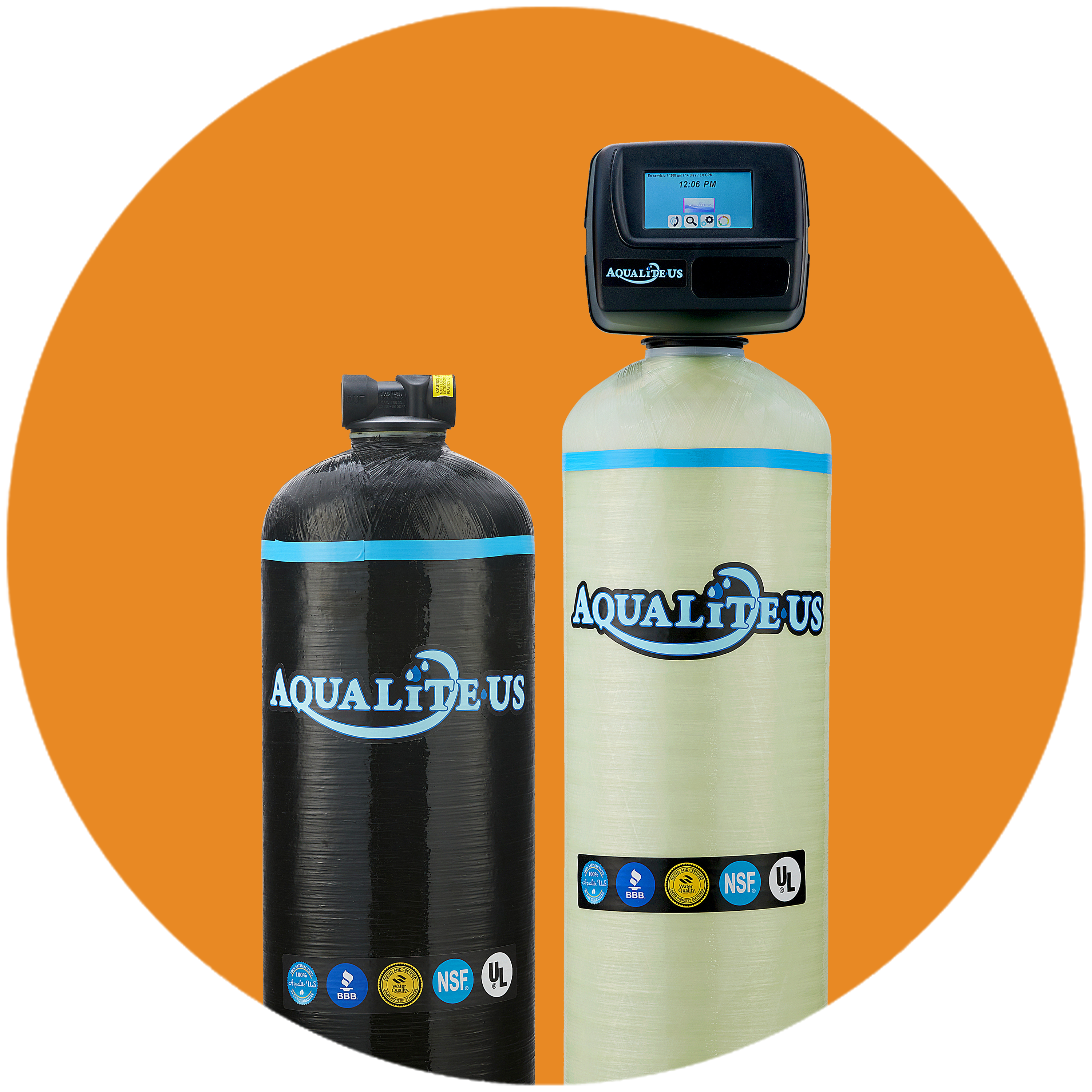Learn why RO and point-of-use water filtration systems are perfect for bringing clean and filtered drinking water to your family.
Maintaining clean, great-tasting water is a goal for any homeowner. Navigating daily home life without clean water can lead to health issues for you and your family. Homeowners with private wells or any owner that has noticed poor water quality in their home must take action to ensure they have safe drinking water.
Reverse Osmosis is an effective method for keeping your drinking water safe, clean and tasting its best. Reverse Osmosis is essential for many homeowners seeking access to on-demand, filtered water that is safe to drink.
Homeowners should educate themselves on the benefits of Reverse Osmosis and how it will improve their water quality and guarantee safe, clean drinking water. This article will explain everything you need to know about Reverse Osmosis, how it works, and why it’s an essential solution to consider for clean drinking water.
What is Reverse Osmosis?
Before diving into the benefits of a Reverse Osmosis system, it’s essential to understand: what is Reverse Osmosis? Reverse Osmosis is a type of water purification where contaminants, sediments, and large particles are reduced from your home’s water system.
Reverse Osmosis filters out contaminants by pushing water through a semi-permeable membrane, which blocks contaminants through tiny pores that water can pass through. Reverse Osmosis separates contaminated water from clean water to keep your drinking water safe and tasting its best.
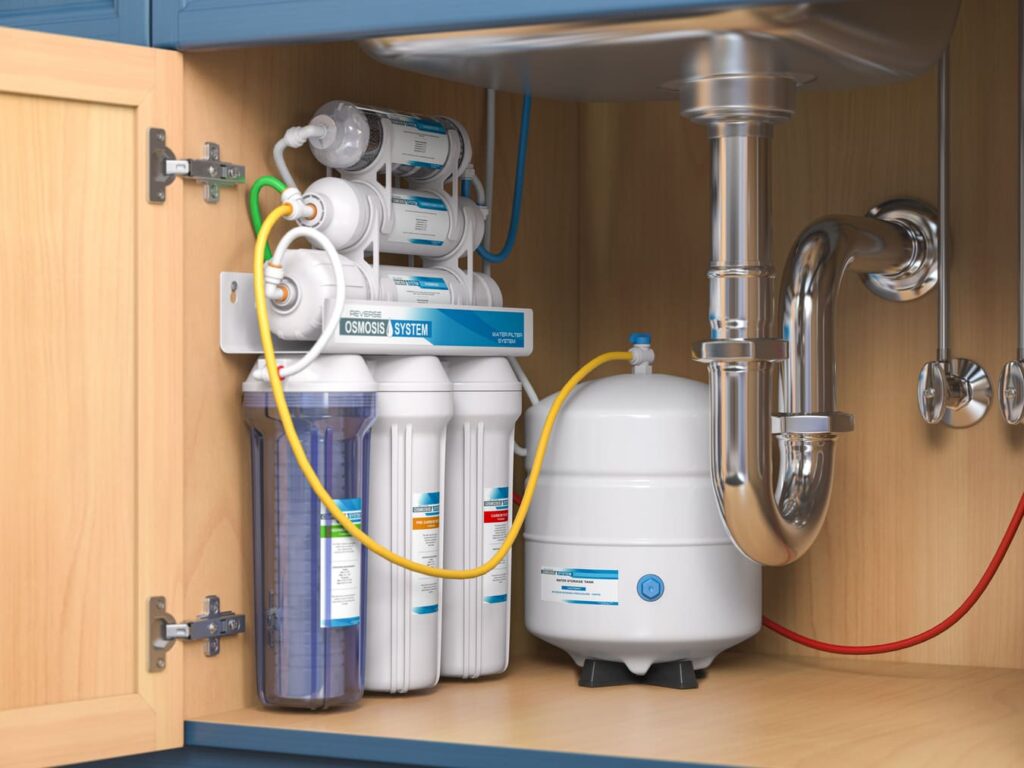
How Does Reverse Osmosis Work?
A Reverse Osmosis system works due to various filtration stages to eliminate sediments and harmful contaminants from the water supply. While the semi-permeable membrane is the core of a Reverse Osmosis system, these systems also have unique filters to treat and reduce carbon and sediment contaminants from the water supply. The semi-permeable membrane, carbon filter, and sediment filter contribute to purifying the water, so it’s safe to consume.
Reverse Osmosis systems have prefilters that the water supply pushes through in the first stage of the Reverse Osmosis process. The prefiltration stage guides the water through your carbon and sediment filters, removing contaminants, including dirt, rust, and chlorine. The water is then pushed through the semi-permeable membrane, which reduces dissolved solids and other particles that your sediment and carbon filters didn’t eliminate.
Reverse Osmosis typically reduces between 95% and 99% of salts and impurities in water, and more pressure is used in Reverse Osmosis depending on the salt concentration in a water system.
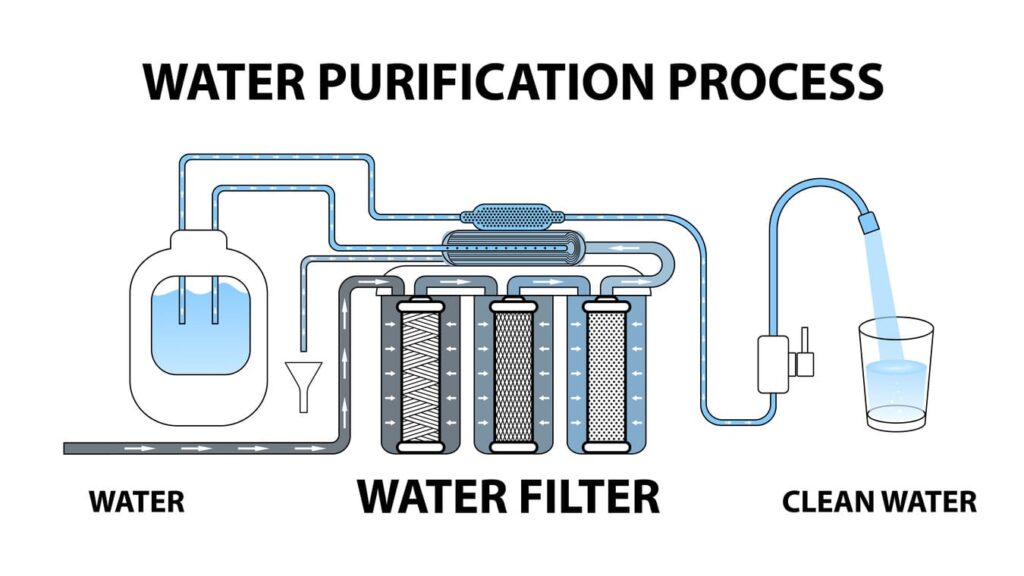
How is Reverse Osmosis Different From Filtration?
Reverse Osmosis holds numerous benefits for your home’s water quality. However, many people get confused about the difference between Reverse Osmosis and regular water filtration. While the two processes share a similar purpose, their effectiveness and methods differ.
Water filtration cuts down on sediment and contaminants in your water supply by pushing water through a filter screen. Reverse Osmosis uses a semi-permeable membrane to reduce these sediments and contaminants but also reduces dissolved particles and chemicals that typical filtration misses.
Additionally, Reverse Osmosis differs from standard water filtration because of the separation process of the water from its contaminants and the medium each process uses to filtrate the water. During the Reverse Osmosis process, water is separated by the Reverse Osmosis membrane. In a standard water filtration process, a filter medium separates some contaminants from the clean water.
What are Some Common Substances Reduced by Reverse Osmosis?
Reverse Osmosis is essential for eliminating harmful substances from your water supply. The list of potential contaminants in your water supply is likely more extensive than you would imagine, making a complete filtration solution essential for your home. Below is a list of some common substances that a Reverse Osmosis filtration system will help reduce from your water supply.
- Salts/ions
- Colloids
- Pyrogens
- Bacteria
- Dirt
- Fluoride
- Nitrates and sulfates
- Pesticides
- Lead
- Detergents
- Chlorine and Chloramine
- Magnesium
- Potassium
- Radium
- Calcium
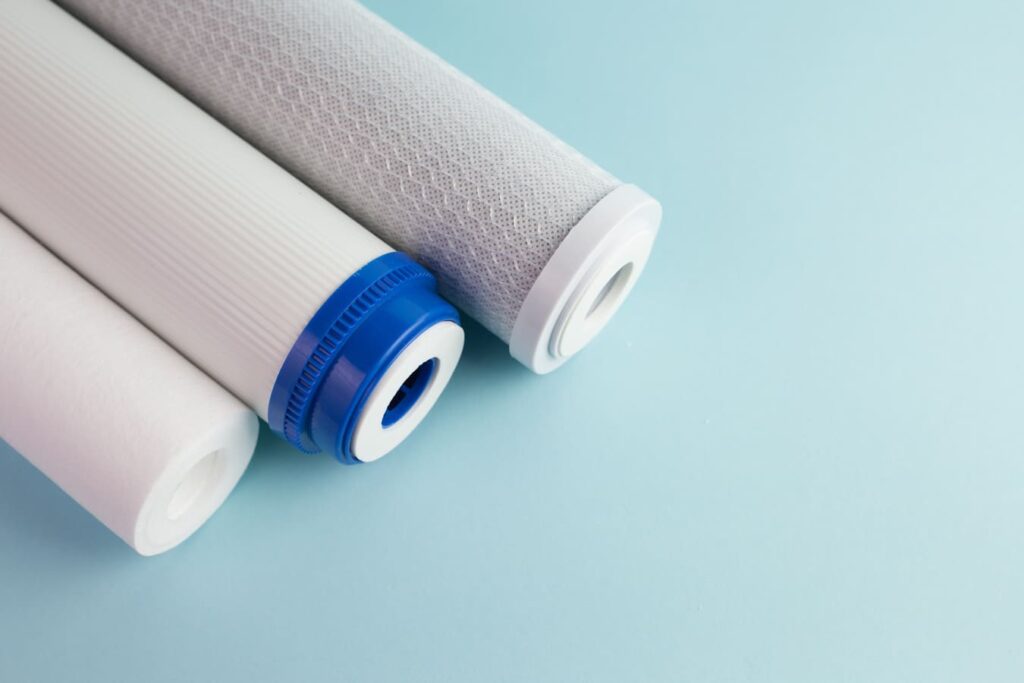
Is Reverse Osmosis Water Safe to Drink?
Reverse Osmosis filtrated water is safe to drink and has little to no contaminants, especially compared to non-filtered water or water purified with a standard filter. Many consider Reverse Osmosis the safest way to guarantee that water is safe for you and your household.
Regarding its pH level, permeated water is slightly more acidic than water not pushed through a Reverse Osmosis system. However, Reverse Osmosis water is safe to drink by EPA standards, and there is no evidence supporting the idea that Reverse Osmosis water has negative health impacts. Overall, Reverse Osmosis filtration is the safest way to consume water in your household.
How Long Does a Reverse Osmosis System Last?
Reverse Osmosis systems can last up to 15 years; however, you must replace your membrane, carbon, and sediment filters more frequently. Ideally, a Reverse Osmosis system will change its filters at least once annually. A Reverse Osmosis membrane should typically be replaced around two to three years, though some systems can last up to four years.
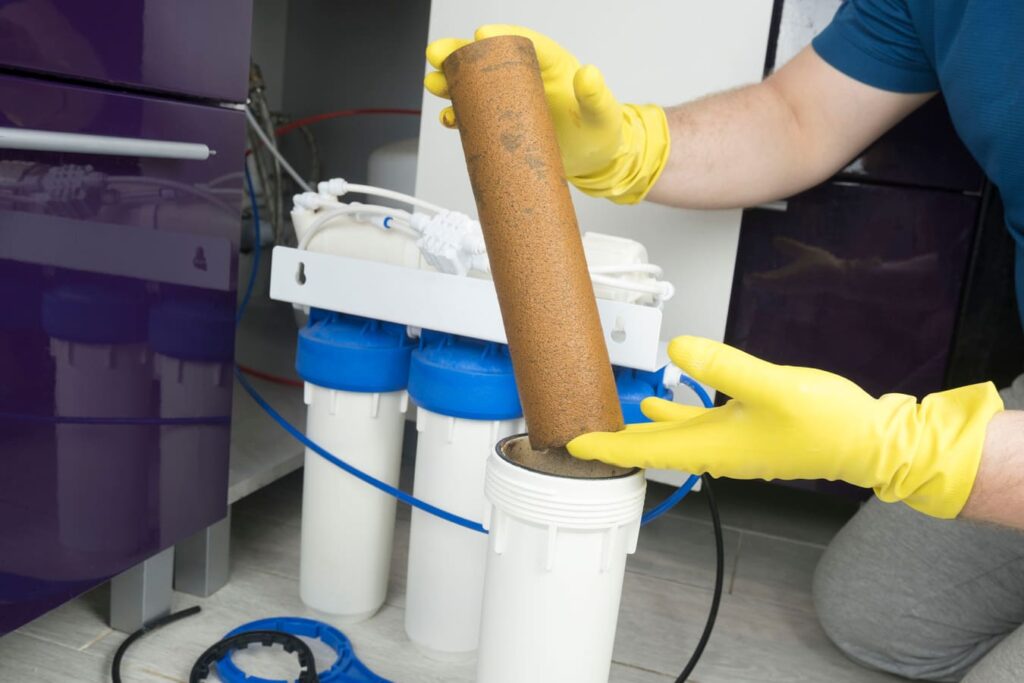
High-Quality Reverse Osmosis Systems From Aqualite US
A Reverse Osmosis System is ideal for homeowners seeking a solution for contaminated, bad-tasting water. Providers like Aqualite US can help homeowners find the best Reverse Osmosis system to purify their drinking water and protect the health of everyone in the household.
Aqualite US offers advanced water solutions to reduce impurities that could harm your health and provide customers with various Reverse Osmosis solutions. With Aqualite US, you’ll have comfort knowing you are implementing a solution that keeps your water safe and great-tasting for years to come.
To find out more and book a free water test, contact the experts at Aqualite US today.

